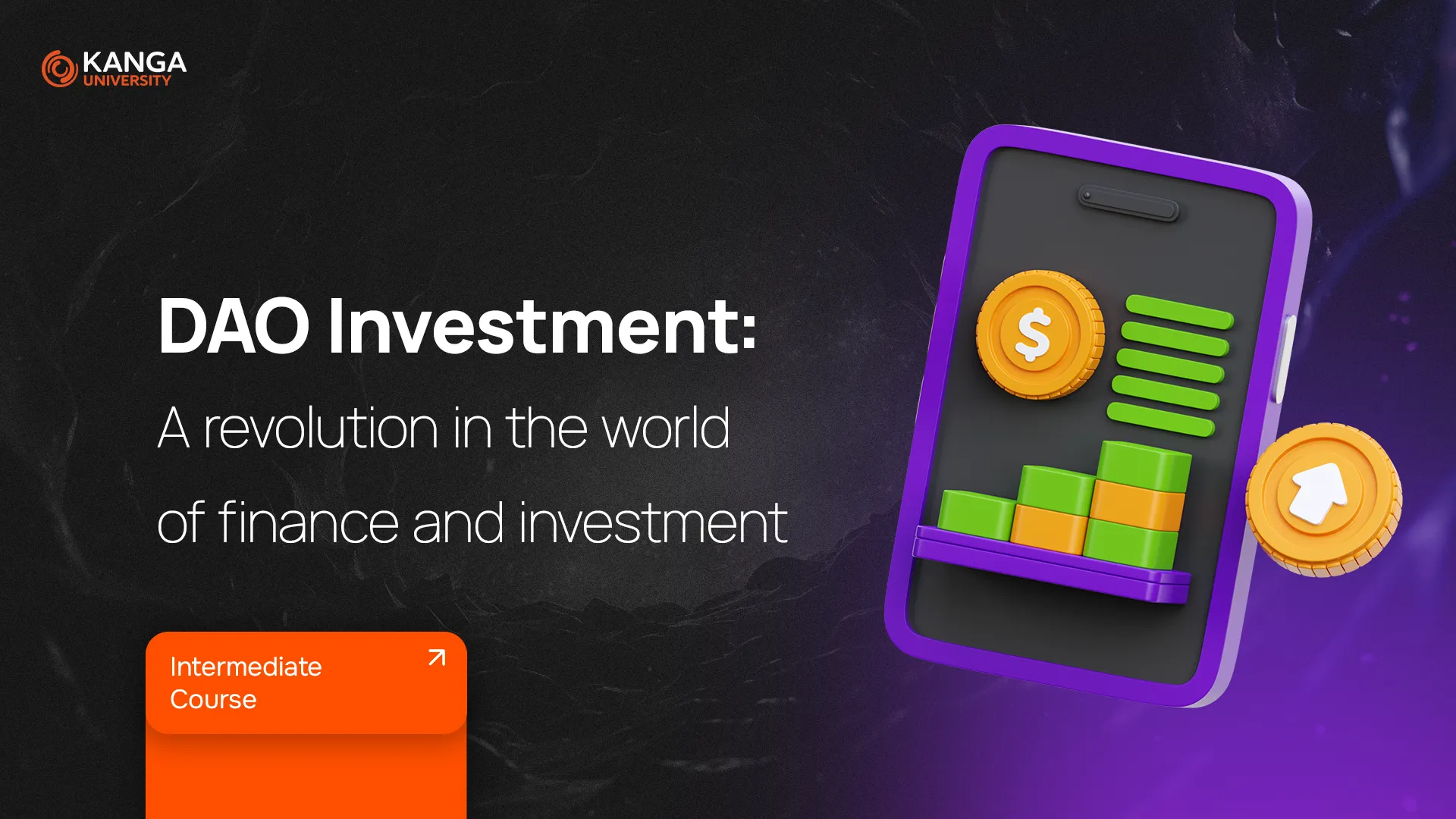
Until recently, managing money was something reserved for banks, brokers, and fund managers. Today, things are changing. One of the most exciting developments in the crypto world is the rise of DAOs — Decentralized Autonomous Organizations. And among them, Investment DAOs are leading a quiet revolution in how we invest — no middlemen, no gatekeepers, just smart contracts and community-driven decisions.
DAO: A Quick Refresher
A DAO is a type of organization that runs without a central authority. Instead of being managed by a board of directors or a CEO, it’s governed by the community, using transparent rules coded into smart contracts on the blockchain.
If you hold a governance token in a DAO, you have the power to vote on important decisions. This could include what projects to fund, how to spend the treasury, or even how the DAO evolves over time.
So, What Is an Investment DAO?
An Investment DAO is a group of people who pool their money together to make investment decisions as a community. The rules and decision-making process are automated and public, thanks to smart contracts on the blockchain.
Here’s the key difference from traditional investment funds:
Everyone with governance tokens can participate in decisions — not just a few people at the top. Voting power is proportional to the number of tokens you hold.
Together, members of the DAO decide:
-
What assets to invest in
-
Which startups to support
-
What strategies to follow
It’s a collective approach to investing — open, transparent, and global.
Where Do Investment DAOs Get Their Funds?
Most often, DAOs raise funds by selling their governance tokens. People who believe in the DAO’s mission (and want to have a say in how it’s run) buy these tokens. The money raised goes into a shared treasury managed by the DAO’s smart contracts.
If the team behind the DAO is credible and the strategy makes sense, attracting a community is usually not a problem.
What Makes Investment DAOs Unique?
1. Democratized Investing
You don’t need to be a millionaire or work in finance. If you hold a token, you have a voice. DAOs open the door to people from all over the world.
2. Transparency
Everything — from transactions to voting — is visible on the blockchain. That means no backroom deals, no hidden fees, and no surprises.
3. No Middlemen
DAOs remove the need for banks or fund managers. That means fewer fees and more control for the people actually putting in the money.
4. Global Reach
Investment DAOs can buy assets and support projects worldwide. It’s a natural way to build a diversified, international investment portfolio.
What Are the Risks?
Like any investment structure, DAOs aren’t risk-free:
-
Poor decisions by the majority – Crowd decisions aren’t always right. DAOs rely on the wisdom of the group, which doesn’t guarantee success.
-
Lack of diversification – Putting all the treasury into a single project could spell disaster.
-
Smart contract failures – If the code managing the DAO has bugs, it could lead to lost funds or frozen assets.
Being part of a DAO means sharing power — and responsibility.
Real-World Examples (as of March 2025)
-
The LAO – One of the earliest investment DAOs, focused on blockchain startups.
-
MetaCartel Ventures – A community-driven DAO that invests in Web3 projects.
-
Flamingo DAO – Invests in NFTs, digital art, and metaverse assets.
-
BitDAO – A massive DAO backed by Bybit, focused on building DeFi infrastructure.
Is This the Future of Finance?
It’s starting to look that way. Investment DAOs are:
-
Open to anyone, anywhere
-
Fully transparent
-
Borderless and scalable
-
Governed by communities, not corporations
They offer a bold alternative to traditional finance — one that empowers users and aligns incentives with the people who provide capital, not those who manage it.
As regulation evolves and tools improve, DAOs could become the standard for community-driven investing.
Summary
Investment DAOs are more than just a crypto trend — they’re a potential blueprint for the future of investing. By combining transparency, automation, and community participation, they make it possible for everyday people to join forces and control capital without relying on intermediaries.
But like all innovations, they come with risks — and require thoughtful participation and responsible governance.